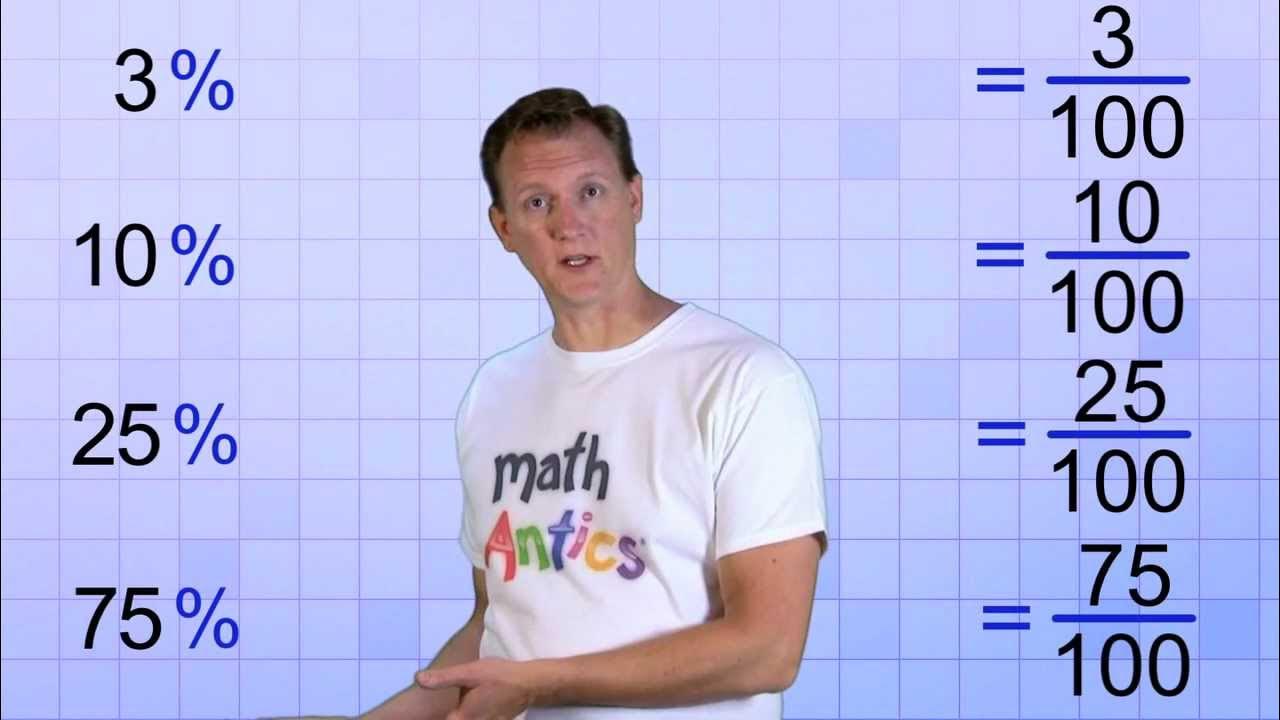Cara Mudah Mengurutkan Pecahan||Matematika Kelas 4||
Summary
TLDRThis educational video teaches how to sort fractions from the smallest to the largest and vice versa. It covers examples of sorting fractions with the same denominators and different denominators, explaining concepts like numerators, least common multiples (LCM), and how to compare fractions. The video also highlights the steps for equalizing denominators, followed by comparing numerators to determine the correct order. The tutorial concludes with practical examples to reinforce the concepts, making it accessible for young learners to grasp the fundamentals of fraction comparison.
Takeaways
- 😀 Fractions can be sorted either from smallest to largest or from largest to smallest.
- 😀 If the denominators of fractions are the same, sort them based on the numerators.
- 😀 Sorting fractions with the same denominator requires comparing the numerators directly.
- 😀 For fractions with different denominators, first find the Least Common Multiple (LCM) to make denominators the same.
- 😀 When sorting fractions with different denominators, first convert them to equivalent fractions with the same denominator.
- 😀 The LCM of numbers can be found by listing multiples of each number until you find the smallest common multiple.
- 😀 After converting fractions to have the same denominator, sort them by comparing their numerators.
- 😀 Sorting fractions with the same denominator is simple: the smaller the numerator, the smaller the fraction.
- 😀 To sort fractions from the largest, start by identifying the largest numerator after converting to the same denominator.
- 😀 When sorting from the largest to smallest, the fraction with the highest numerator comes first, followed by smaller numerators.
- 😀 Always verify the result by checking that all fractions have been properly converted to the same denominator before sorting.
Q & A
What is the first step when sorting fractions with the same denominators?
-When sorting fractions with the same denominators, you only need to compare the numerators. The fraction with the smallest numerator is the smallest, and the fraction with the largest numerator is the largest.
How do you sort fractions when their denominators are different?
-When the denominators are different, you must first find the Least Common Multiple (LCM) of the denominators. After finding the LCM, convert the fractions to have the same denominator, and then compare the numerators.
What is the LCM, and why is it important in sorting fractions?
-LCM stands for Least Common Multiple. It is important for sorting fractions with different denominators because it allows you to convert the fractions into equivalent fractions with a common denominator, making them easier to compare.
How do you find the LCM of 2, 4, and 6?
-To find the LCM of 2, 4, and 6, list the multiples of each number (2: 2, 4, 6, 8, 10, etc.; 4: 4, 8, 12, etc.; 6: 6, 12, etc.). The smallest common multiple is 12.
How do you convert fractions to have the same denominator?
-To convert fractions to have the same denominator, divide the LCM by each fraction's denominator, then multiply the numerator by the same number to keep the fraction equivalent.
When sorting fractions, how do you determine which is the smallest or largest after converting them to the same denominator?
-Once the fractions are converted to the same denominator, you compare the numerators. The fraction with the smallest numerator is the smallest, and the one with the largest numerator is the largest.
In the example with the fractions 1/2, 3/4, and 4/6, how did you find the LCM?
-The LCM of 2, 4, and 6 was found to be 12. This was determined by listing the multiples of each denominator and identifying the smallest common multiple.
What is the order of the fractions 1/2, 4/6, and 3/4 when sorted from smallest to largest?
-After converting to a common denominator of 12, the fractions become 6/12, 8/12, and 9/12. The order from smallest to largest is 1/2, 4/6, and 3/4.
How do you sort the fractions 4/9, 5/6, and 2/3 from largest to smallest?
-First, find the LCM of 9, 6, and 3, which is 18. Convert each fraction to have a denominator of 18: 4/9 becomes 8/18, 5/6 becomes 15/18, and 2/3 becomes 12/18. The order from largest to smallest is 5/6, 2/3, and 4/9.
What should you do if the fractions you're sorting already have the same denominator?
-If the fractions have the same denominator, simply compare the numerators. The fraction with the smallest numerator is the smallest, and the fraction with the largest numerator is the largest.
Outlines

此内容仅限付费用户访问。 请升级后访问。
立即升级Mindmap

此内容仅限付费用户访问。 请升级后访问。
立即升级Keywords

此内容仅限付费用户访问。 请升级后访问。
立即升级Highlights

此内容仅限付费用户访问。 请升级后访问。
立即升级Transcripts

此内容仅限付费用户访问。 请升级后访问。
立即升级5.0 / 5 (0 votes)






